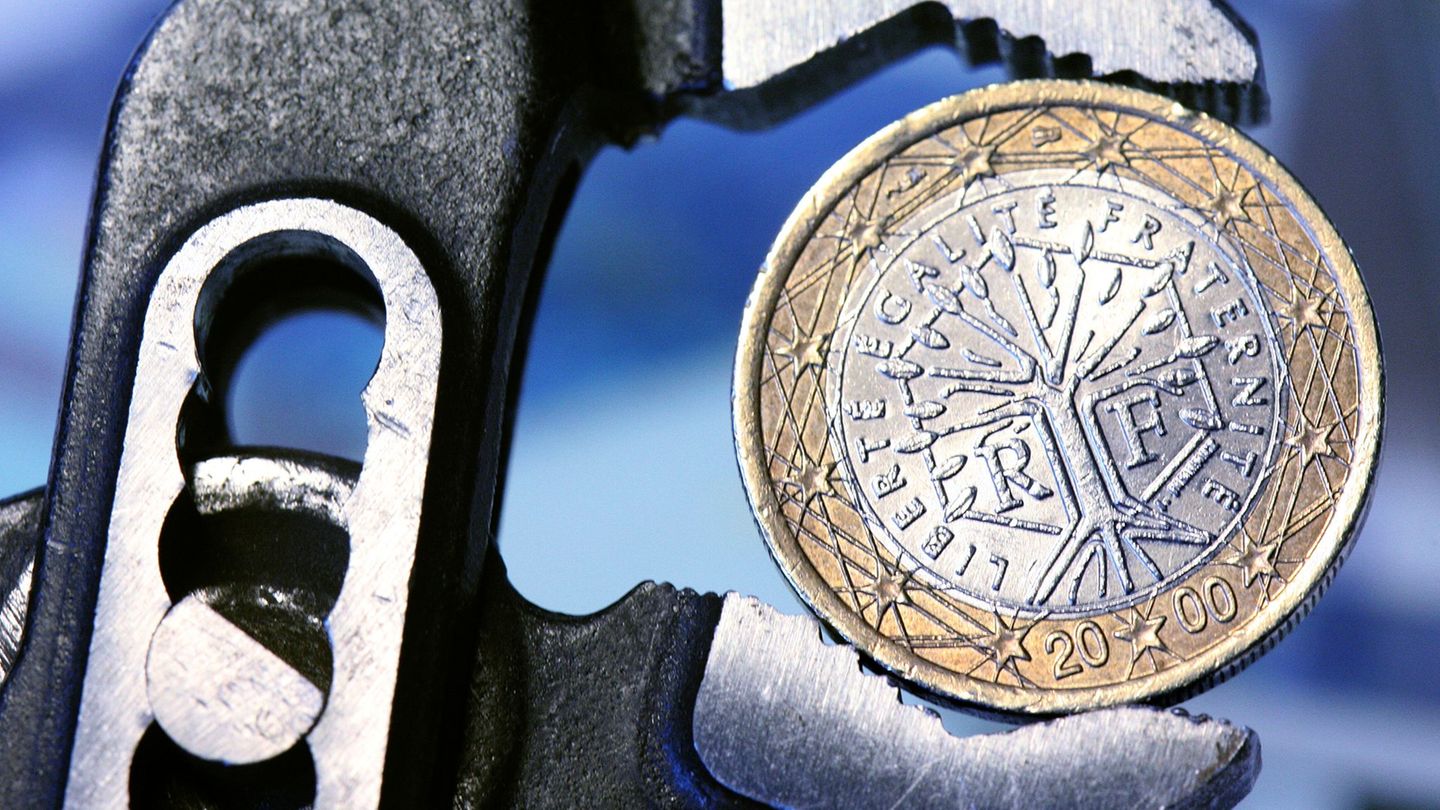There are many objections to wind turbines. But one place in the Eifel became rich with a wind farm and has therefore reduced taxes. Chancellor Scholz looked at the project – and was impressed.
Chancellor Olaf Scholz (SPD) called for courage in the expansion of renewable energies when visiting a wind farm in the Eifel on Tuesday. He referred to federal and state laws that would bring further acceleration. “What is then still necessary is courage at all levels. Then you can use the laws quickly,” said Scholz.
The Chancellor was with North Rhine-Westphalia’s Prime Minister Hendrik Wüst (CDU) in the wind farm in Simmerath. The 22 wind turbines, which are up to 196 meters high, are located in the community’s own forest area and bring in millions of euros to the Eifel municipality every year.
In contrast to other locations, there were no major reservations about the wind turbines here, said the managing director of the Aachen energy company Stawag, Frank Brösse, to the chancellor. “Right from the start we had a high level of acceptance among the citizens of Simmerath”. The town of 15,800 levies lower property and trade taxes, partly because of the income from the citizens’ wind farm. In other places, however, there is still no wind turbine after eleven years of planning, Brösse complained.
Scholz also met with citizens, forest owners and employees of the forest administration. He heard from them that they had numerous reservations about the expansion: from Eifel hikers to astrophysicists who feared for the accuracy of their devices. There are always new aspects that hinder the expansion. Around noon, Scholz drove on to Düren to meet representatives of municipalities in the lignite area.
Visit to the Rhenish Revier
Prime Minister Wüst said that a total of 178 wind turbines were approved in NRW this year. As an industrial country, NRW is a major energy consumer and wants to do something for it itself, said Wüst.
The mayor of Simmerath, Bernd Goffart (CDU), called for faster decision-making processes at the meeting. “In all areas we need too long.” The citizens’ wind farm produces 184 percent of Simmerath’s electricity needs from renewable sources. According to Goffart, the fact that the community earns money has contributed to the acceptance of the giants in the forest.
Scholz continued from Simmerath to Düren, where he met the mayors of the Rhenish lignite region. Scholz described the structural change in the region as a “common concern of the whole country”. Under no circumstances would the Rhenish Revier be left alone, he assured. “Our goal must be that when coal-fired power generation finally ends, we have progressed so far with the structural change that enough new jobs have been created. That is our goal.” He is certain that this great project will succeed.
Mayor of Düren: “Great sacrifices” made
The end of lignite mining is scheduled for 2030. In order to shape the structural change, the federal government is making up to 14.8 billion euros available to the Rhenish mining area for the next two decades. Nevertheless, the region sometimes feels “a bit left alone,” said Düren Mayor Frank Peter Ullrich (SPD). One of the complaints is that the processing of funding applications is sometimes extremely slow.
Ullrich once again recalled that the region had made “great sacrifices” for decades. “Not only the landscape was changed, but also a piece of homeland was destroyed, villages were excavated, social structures were smashed and some of them have not come back in quality to this day,” he said. “It’s deeply rooted in a lot of people.” Now these people should not be plunged into great uncertainty again.
Source: Stern
I have been working in the news industry for over 6 years, first as a reporter and now as an editor. I have covered politics extensively, and my work has appeared in major newspapers and online news outlets around the world. In addition to my writing, I also contribute regularly to 24 Hours World.




